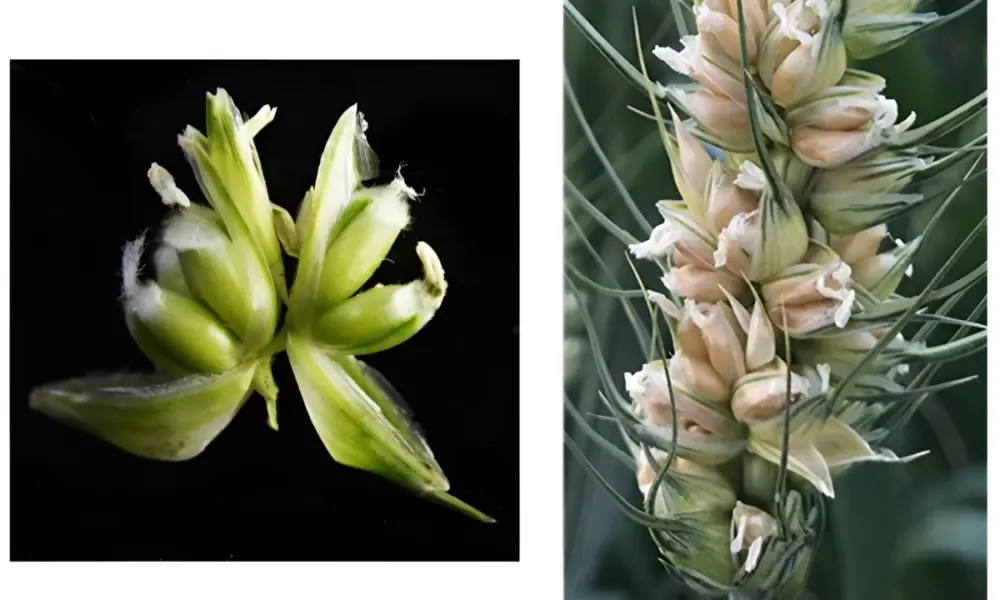Scientists from the University of Maryland have made a significant discovery that could potentially triple grain yields from wheat plants. This breakthrough stems from understanding a genetic mutation that allows certain wheat plants to produce multiple grains from each floret, a promising development for global food production.
Traditionally, each floret in a wheat plant’s seed head produces a single ovary, leading to one grain per floret. However, a rare mutant variant known as MOV (multi-ovary) wheat can produce up to three ovaries per floret, effectively tripling the potential yield from the same amount of land, water, and fertilizer. Despite the implications of this discovery, the genetic mechanisms behind this phenomenon remained elusive until now.
The research team meticulously mapped the DNA of MOV wheat and compared it with that of standard bread wheat. Their findings revealed that a previously dormant gene, termed WUSCHEL-D1 (WUS-D1), is activated in MOV wheat. This gene plays a crucial role in enhancing the development of female flower parts, such as pistils and ovaries, which are essential for grain production.
Implications for Wheat Breeding
Assoc. Prof. Vijay Tiwari, co-author of the study, emphasized the significance of this genetic insight. He stated, “Pinpointing the genetic basis of this trait offers a path for breeders to incorporate it into new wheat varieties, potentially increasing the number of grains per spike and overall yield.” By harnessing advanced gene-editing techniques, researchers anticipate improving this trait further, paving the way for higher-yielding wheat cultivars.
The findings are detailed in a paper published in the Proceedings of the National Academy of Sciences, highlighting the potential for substantial advancements in agricultural productivity. As the global population continues to grow, innovations like these are critical in addressing food security challenges.
The application of this research could not only enhance wheat production but also contribute to sustainable farming practices, as it aims to maximize output without requiring additional resources. With the activation of the WUS-D1 gene, the agricultural sector may soon see a shift towards more efficient and productive wheat varieties, ultimately benefiting farmers and consumers alike.
Overall, this genetic breakthrough represents a significant step toward improving crop yields and ensuring food sustainability in the face of growing demands. The ongoing research in this area is likely to attract further attention as scientists and agriculturalists work together to implement these findings in real-world applications.







